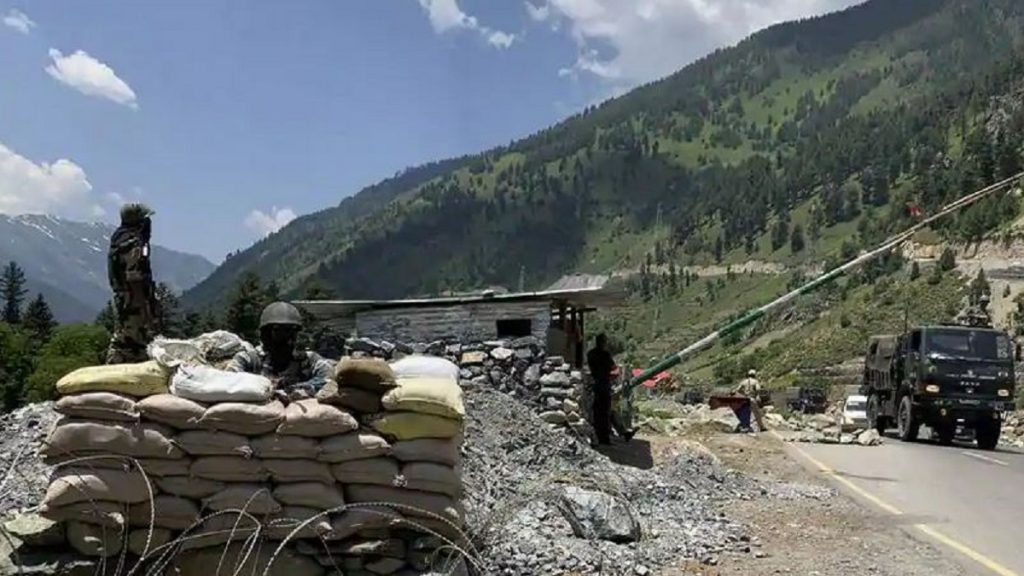Beijing: The frontline troops of China and India at the south and north banks of the Pangong Lake in eastern Ladakh started synchronised and organised disengagement from Wednesday, the Chinese defence ministry announced here.
There was no comment from the Indian side on the statement made by the spokesperson for the Chinese Ministry of National Defence, Senior Colonel Wu Qian, and carried by China’s official media.
“The Chinese and Indian frontline troops at the southern and northern bank of the Pangong Tso Lake start synchronised and organised disengagement from February 10,” Wu said in a brief statement.
“This move is in accordance with the consensus reached by both sides at the ninth round of China-India Corps Commander Level Meeting,” the statement added.
The militaries of China and India have been engaged in a tense standoff in eastern Ladakh since early May last year. The two countries have conducted several rounds of military and diplomatic-level talks to resolve the face-off.
The ninth round of China-India Corps Commander-level meeting was held on the Chinese side of the Moldo-Chushul border.
Since May last year, Indian and Chinese troops were engaged in skirmishes along the LAC near Pangong lake in Ladakh and the Tibet Autonomous region. In one of the violent clashes, 20 Indian soldiers and over 40 Chinese troops were killed in the Galwan Valley June 15-16. Amid the face-off, India sent massive deployments to Ladakh.
Though both sides disengaged in the Galwan valley in July, the stand-off continued at critical points at Pangong and PP17A. In August, Indian troops regained multiple strategic heights in Chushul sector along the LAC.
However, both the countries remained engaged in talks through established institutions and mechanisms like ‘Working Mechanism for Consultation and Coordination on China-India Border Affairs’ (WMCC). Several rounds of talks were held at diplomatic and military levels.
The tensions between the two Asian economies resulted in Indian people threatening to boycott Chinese products. The accusations that Chinese smartphone apps were stealing Indian data, led to the government banning over 200 Chinese apps.
However, the bilateral trade continued through the hostility and during the coronavirus pandemic, which had originated in Wuhan city of Hubei province in China.
